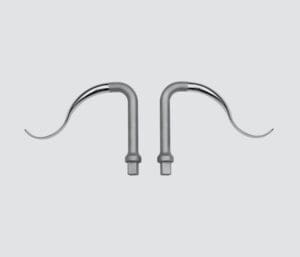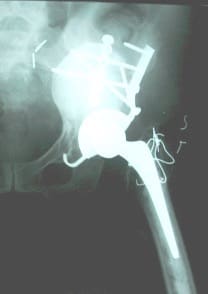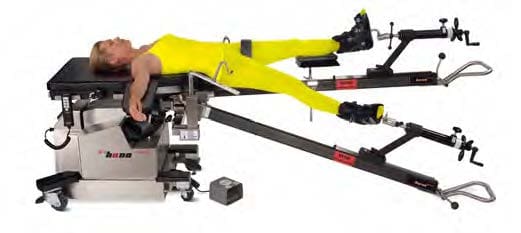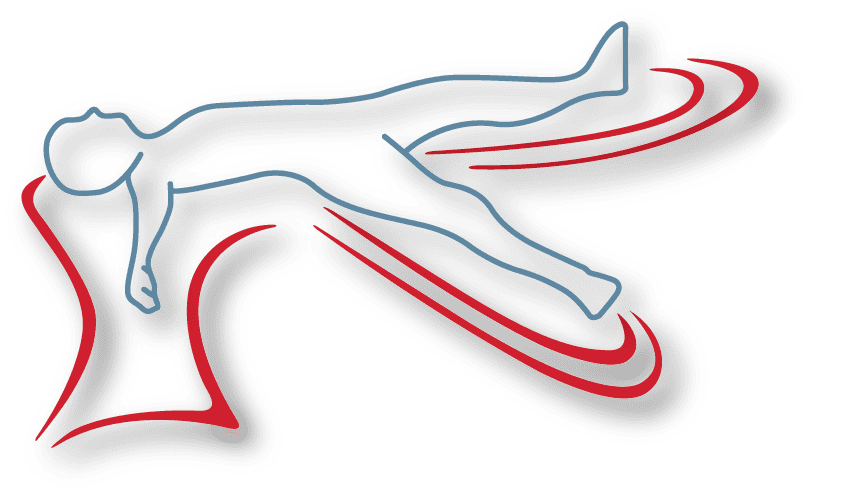The Origins of the Femoral Hook for Anterior Total Hips
In this latest installment of Dr. Joel Matta’s description of the origins and evolution of the anterior approach to total hip arthroplasty in the USA, he shares how a challenging patient inspired him to invent the femoral hook, and how his trusty custom car shop helped make that idea a reality. Read previous posts here.
How do you Solve a problem like "Coach"?
An interesting technical development for the anterior approach primary hip as I performed it came about when I was presented with a very challenging hip patient, “Coach”. Coach had been a professional heavyweight boxer and was now a boxing instructor. He presented with a bad hip requiring THA and the challenging obstacle of massive gluteal and thigh musculature.
Enter the Femoral Hook
The Judet table had a feature of a variable height transverse perineal post for operating on the patient in the lateral position. This height could be varied during surgery by a crank rotated by the anesthesiologist that drove a vertical “jack screw”.
To solve the problem of femoral access, I thought I would design a hook to lift the femur by means of connection to the upper end of the jack screw. The jack-hook device would thereby lift the femur anterior to a position where I could access it for broaching, cementing and stem insertion.
To fabricate the necessary steel parts for the job I reached out to Larry and his son Rick – they owned and operated a SoCal Hot Rod and Race Car Shop with extensive metal working capabilities. I had used them to work on my 1963 Lotus 23B vintage race car. Larry subsequently fabricated the custom parts according to my design and I attached them to the Judet table to facilitate Coach’s successful THA.
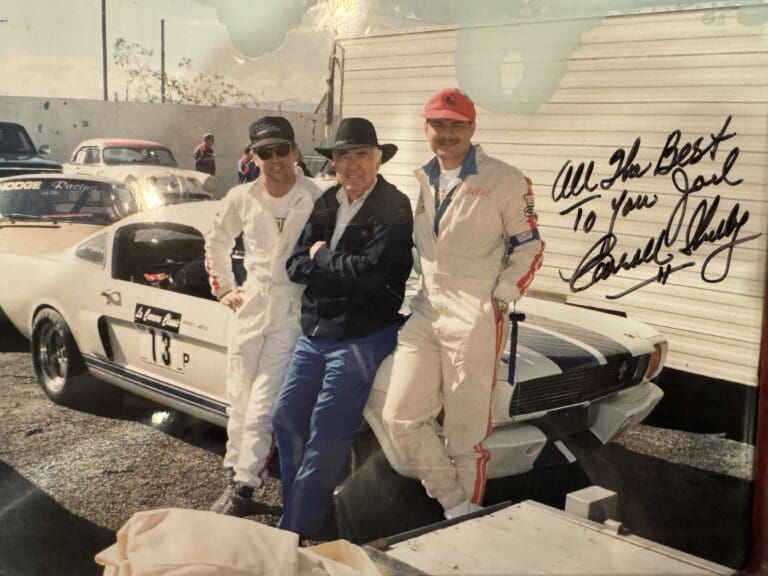
Following Coach’s THA, the custom parts went into a back room in the OR. Some months later however, I thought “if the hook-lift device made a very difficult anterior total hip replacement possible, would it not facilitate more standard surgeries?”
I began using the femoral hook-lift for all aTHA and saw the benefits. Later when I had the opportunity to design new tables with OSI, the hook-lift became an integral part of the design.
